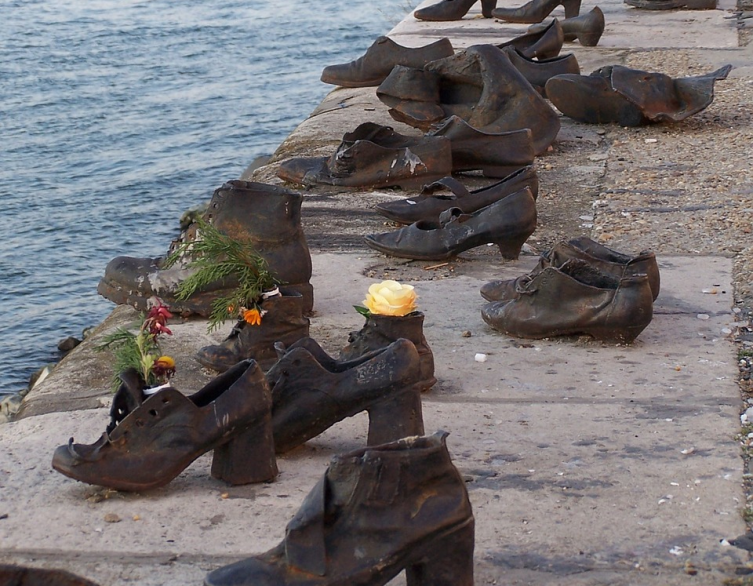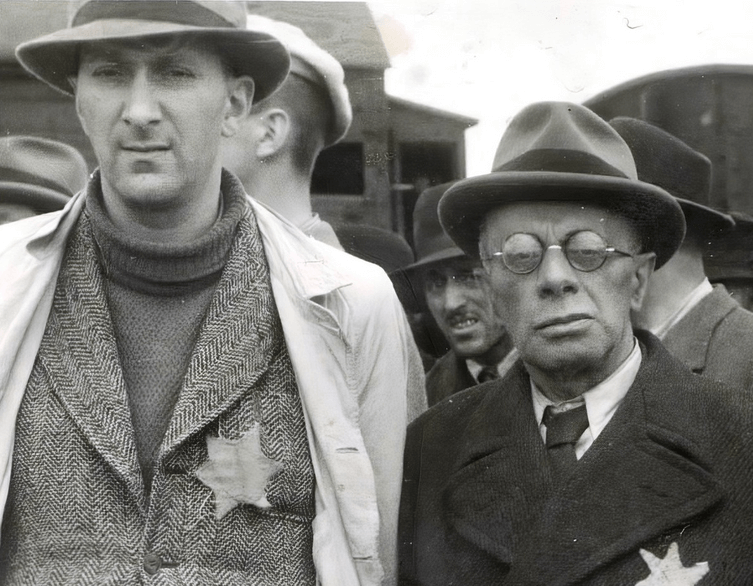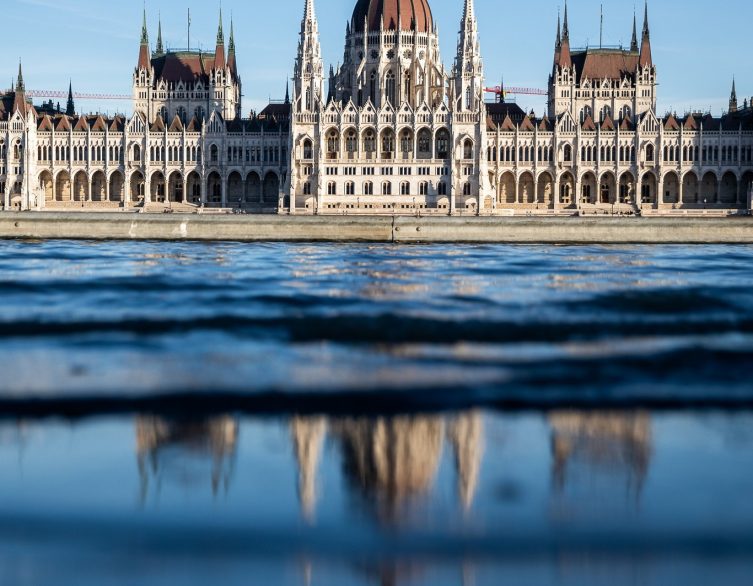Shoes on the Danube Bank: A Poignant Memorial to Hungary’s Holocaust Victims

Budapest, the vibrant capital of Hungary, is home to numerous historical sites and monuments that attract visitors from around the world. Among these, the Shoes on the Danube Bank stands out as a powerful and emotionally charged memorial dedicated to the victims of the Holocaust during World War II.
Located on the Pest side of the Danube River, between the iconic Chain Bridge and the Hungarian Parliament, this unique memorial consists of 60 pairs of cast-iron shoes, representing the footwear left behind by Jewish men, women, and children who were shot by the Arrow Cross Party militia in 1944-1945. The Arrow Cross Party, a fascist and violently antisemitic group, came to power in Hungary during the final months of the war, unleashing a reign of terror on the Jewish population of Budapest.
The victims were often lined up along the riverbank, forced to remove their shoes, and then shot, their bodies falling into the icy waters of the Danube. The shoes were considered valuable commodities during wartime and were collected by the perpetrators to be sold or worn. This chilling act of brutality is now commemorated by the Shoes on the Danube Bank memorial, which was conceived by film director Can Togay and created in collaboration with sculptor Gyula Pauer in 2005.
Best deals of Budapest
As visitors approach the memorial, they are struck by the sight of the scattered shoes, which appear as though they were just stepped out of by their owners. The shoes, made of iron and set into the concrete embankment, are a stark reminder of the individuals who once wore them – people with unique lives, hopes, and dreams, all brutally cut short by the atrocities of the Holocaust.
The memorial’s impact lies in its intimacy and ability to connect visitors with the victims on a personal level. Each shoe is distinct, bearing the marks of wear and tear from its former owner. Some are worn-down at the heels, others have open straps, and a few are tiny, belonging to the children who were not spared from the senseless violence. The emptiness of the shoes serves as a haunting reminder of the lives lost and the void left behind.
Visitors often pay their respects by lighting candles or placing flowers inside the shoes that resonate with them, creating a profound sense of connection and empathy that transcends time and cultural boundaries. The Shoes on the Danube Bank memorial not only honors the memory of those who perished during the Holocaust in Hungary but also serves as a universal symbol of the importance of remembering and learning from the darkest chapters of human history. The Jewish Memorial Center located only a short walk away holds a thorough and deeply emotional collection of more devastating relics from this bloody era and it ensures that the atrocities of the past are never forgotten.
As you stand on the banks of the Danube, gazing at the poignant display of shoes, take a moment to reflect on the lives lost and the resilience of those who survived. This powerful memorial is a testament to the enduring human spirit and a reminder of our collective responsibility to stand against hatred, discrimination, and violence in all its forms.
Related news



















